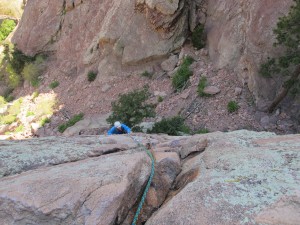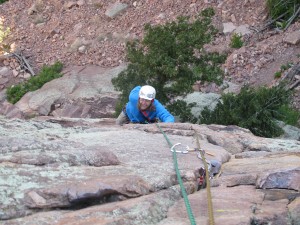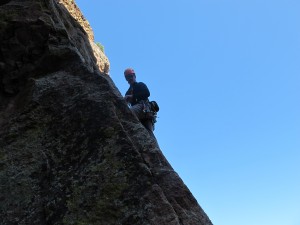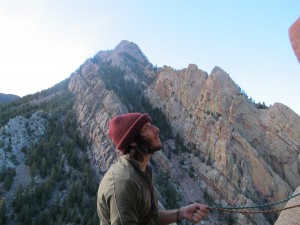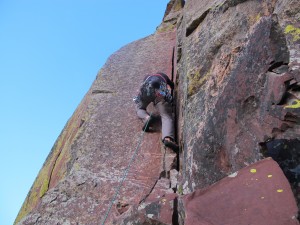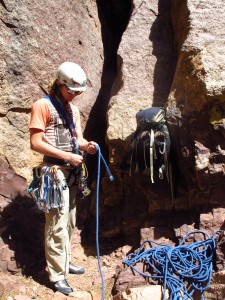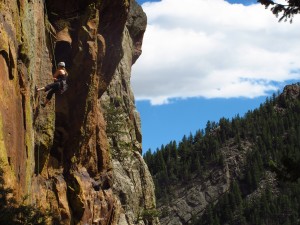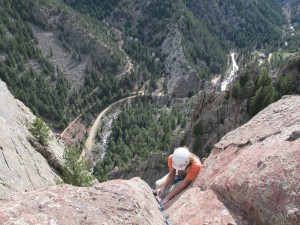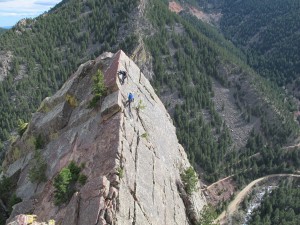Although there are many different types of adventure travel, typically an adventure travel experience will:
Be of a heightened nature – a stimulating context will induce a range of emotions (of which excitement will be key), and separate it from everyday life.
Entail intellectual, physical or emotional risks and challenges – these will be absorbing
Be intrinsically rewarding, providing opportunities for enjoyment, learning and self-development. (Swarbrooke 16)
Another way to define adventure travel is,”a leisure activity that takes place in an unusual, exotic, remote or wilderness destination. It tends to be associated with high levels of activity by the participant in an outdoor setting. Adventure travelers expect to experience various levels of risk, excitement and tranquility, and be personal tested. In particular they are explorers of unspoiled, exotic parts of the planet and also seek personal challenges”(Millington et al., 2001: 67).
The two main types of adventure travel are soft adventure travel and hard adventure travel.
Soft adventure travel, “refers to activities with a perceived risk but low levels of real risk, requiring minimal commitment and beginning skills; most of these activities are led by experienced guides.”
Hard adventure travel, “refers to activities with high levels of risk, requiring intense commitment and advanced skills.” (source: Hill, 1995).


